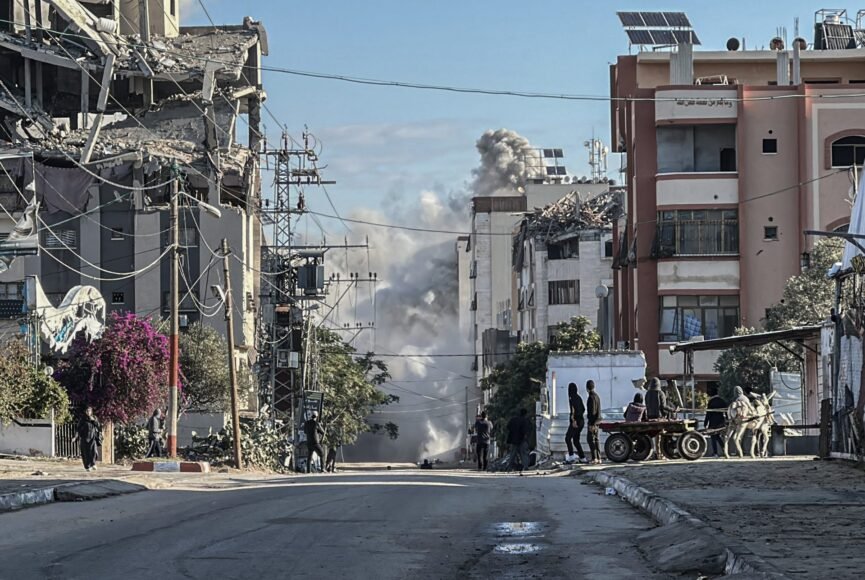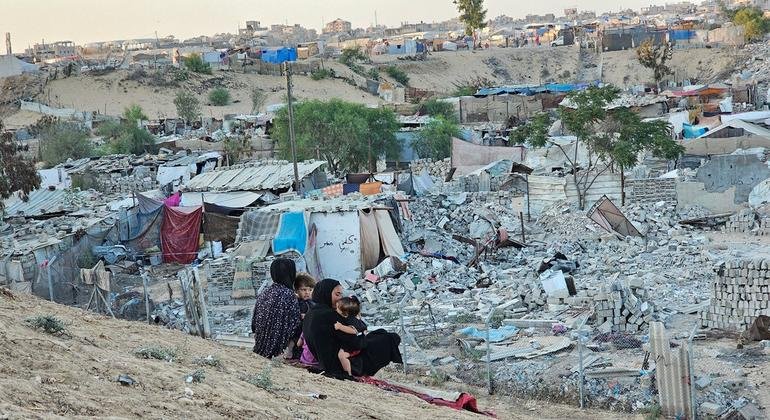More than 500,000 people have been newly displaced in the Gaza Strip since March 18, many forced to flee multiple times due to escalating military operations, according to recent reports. The humanitarian situation is worsening rapidly, with severe shortages of essential supplies and rising levels of malnutrition, particularly among children.
“Tents are no longer available for distribution,” said United Nations spokesperson Stéphanie Tremblay during a news briefing in New York. She highlighted that families in Bani Suhaila, located in the Khan Younis Governorate, have only received limited supplies like blankets and tarpaulins. In Khan Younis, shelters are overcrowded, and residents are facing a devastating lack of food, clean water, and medical supplies.
Impact on Children
Children are bearing the brunt of the crisis. Humanitarian organizations report that in March alone, the number of children receiving supplementary feeding plummeted by more than two-thirds. This sharp decline raises concerns about widespread acute malnutrition, especially amid the collapse of health services and shortages of medical supplies.
Adding to the challenges, the flow of humanitarian aid has nearly ground to a halt. “We are now in the seventh week without aid deliveries, as the military operations expand and conditions on the ground deteriorate,” Tremblay said. She noted that Israeli authorities continue to block coordinated humanitarian missions.
“Out of six humanitarian movements planned for today with Israeli coordination, only two were allowed to proceed,” she added. “The remaining four—including one crucial mission to pick up fuel from Rafah—were denied.”
Despite the increasingly dangerous conditions and restricted access, aid workers remain committed to supporting those in need. Community kitchens across Gaza are preparing over one million meals each day. However, this is still far from sufficient for the more than 2.1 million residents who now depend on humanitarian assistance for survival.














Leave a Reply